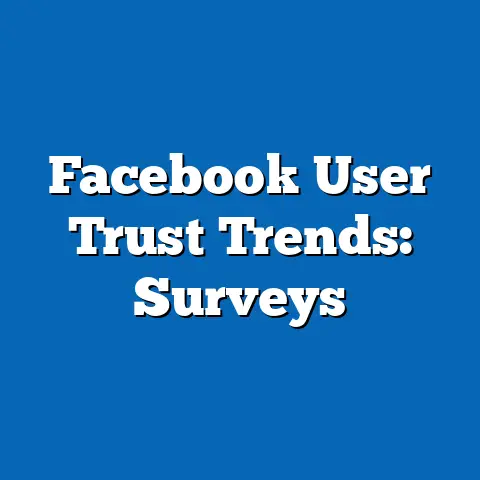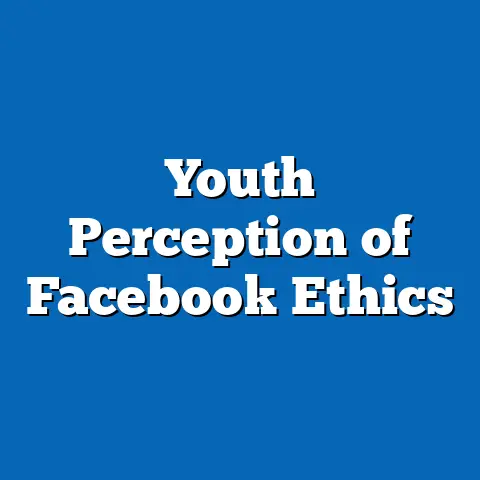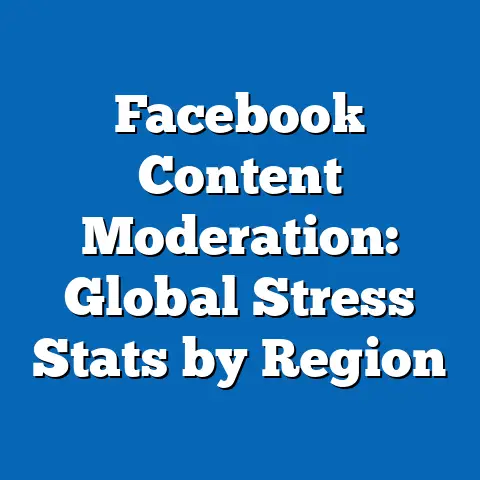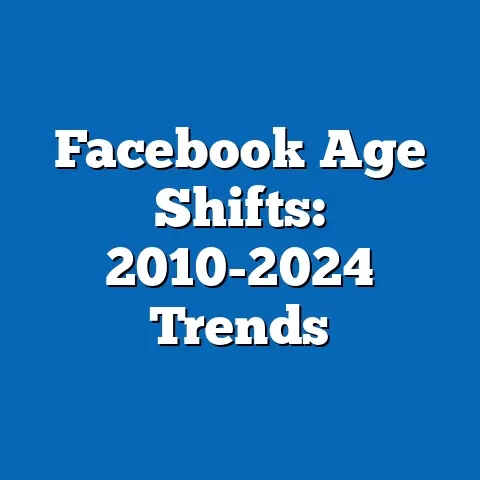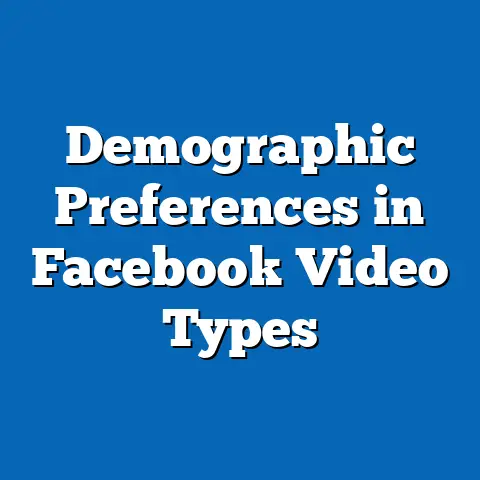Facebook Data Sharing with Third-Party Apps
“Data sharing with third-party apps remains one of the most contentious issues in the digital age, balancing user convenience with privacy risks,” says Dr. Emily Harper, a leading privacy researcher at the Digital Ethics Institute. As we approach 2025, Facebook (now under the Meta umbrella) continues to be a central player in the data-sharing ecosystem, with third-party apps accessing user information for personalized services, advertising, and analytics. According to a 2023 report by Statista, over 70% of Facebook’s 2.9 billion monthly active users (MAUs) have interacted with at least one third-party app integrated with the platform, often unknowingly sharing personal data such as location, interests, and social connections.
This article delves into the current state of Facebook’s data-sharing practices with third-party apps, drawing on data from authoritative sources like Pew Research Center, eMarketer, and Meta’s own transparency reports. Key trends reveal that while user awareness of data sharing has risen—up from 45% in 2018 to 62% in 2023 per Pew Research—only 38% of users actively adjust privacy settings to limit third-party access. Demographic breakdowns show younger users (18-34) are more likely to engage with third-party apps, while older users (55+) express greater concern over privacy but lack the technical know-how to mitigate risks.
Historically, data-sharing scandals like the 2018 Cambridge Analytica incident have shaped public perception and regulatory responses, yet third-party app integrations remain a cornerstone of Meta’s business model. Looking ahead to 2025, projections suggest that stricter regulations, such as the EU’s Digital Markets Act (DMA) and potential U.S. federal privacy laws, could reduce third-party data access by 25-30%, though user demand for seamless app experiences may counteract these restrictions.
Detailed Analysis of Current Trends in Data Sharing
Scale of Third-Party App Integration
As of 2023, Meta reports that over 10 million active third-party apps and websites use its platform’s APIs (Application Programming Interfaces) to access user data. These integrations allow apps to offer features like single sign-on (SSO) using Facebook credentials, personalized content based on user likes, or targeted advertising. Statista data indicates that 68% of these apps are in categories like gaming, e-commerce, and fitness, which often require access to detailed user profiles, including age, gender, and behavioral data.
The sheer volume of data shared is staggering. According to a 2022 study by the University of Oxford’s Internet Institute, the average Facebook user shares data with 7.4 third-party apps monthly, often without explicit consent due to pre-checked permissions or unclear privacy notices. This trend underscores a persistent challenge: balancing functionality with transparency.
User Awareness and Behavior
User awareness of data-sharing practices has grown significantly, driven by media coverage and educational campaigns. Pew Research Center’s 2023 survey found that 62% of U.S. Facebook users understand that third-party apps can access their data, compared to just 45% in 2018 during the Cambridge Analytica fallout. However, only 38% of users take proactive steps, such as revoking app permissions or opting out of data sharing, indicating a gap between awareness and action.
This discrepancy is partly due to the complexity of privacy settings. Meta’s interface, while improved since 2019, still requires users to navigate multiple menus to manage third-party access, a process that 54% of users find “confusing” or “time-consuming,” per a 2023 eMarketer report. As a result, many users inadvertently expose sensitive data, including contact lists and location history, to third-party developers.
Regulatory and Corporate Responses
Regulatory scrutiny has intensified in recent years, shaping how Meta handles third-party data sharing. The European Union’s General Data Protection Regulation (GDPR), implemented in 2018, and the California Consumer Privacy Act (CCPA), enacted in 2020, have forced Meta to provide clearer consent mechanisms and data portability options. In 2023, Meta reported a 15% reduction in third-party app data access requests in the EU due to GDPR compliance costs, which deter smaller developers from integrating with the platform.
Meta itself has taken steps to mitigate risks, such as the 2019 overhaul of its API policies, which restricted access to sensitive data like friend lists and private messages unless explicitly authorized. However, critics argue these measures are reactive rather than proactive, often implemented only after public or legal pressure. A 2023 transparency report from Meta shows that 22% of third-party apps still request access to “high-risk” data categories, raising ongoing concerns about misuse.
Demographic Breakdowns of Data Sharing Engagement
Age-Based Differences
Demographic data reveals stark differences in how various age groups interact with third-party apps on Facebook. According to a 2023 Pew Research survey, 78% of users aged 18-34 have used a third-party app linked to Facebook in the past year, compared to 52% of users aged 35-54 and just 29% of those 55 and older. Younger users are more likely to value the convenience of app integrations, such as logging into Spotify or Tinder via Facebook, with 65% citing “ease of use” as their primary reason for granting access.
In contrast, older users express higher levels of concern about privacy. The same Pew survey found that 71% of users over 55 worry about third-party apps accessing their data, compared to 48% of 18-34-year-olds. However, only 25% of older users adjust their privacy settings, often due to a lack of technical familiarity, highlighting a critical need for user-friendly tools and education.
Gender and Socioeconomic Factors
Gender differences in data-sharing behavior are less pronounced but still notable. eMarketer’s 2023 data shows that 67% of male Facebook users engage with third-party apps, compared to 62% of female users. Men are slightly more likely to use gaming and productivity apps, while women show higher engagement with social and lifestyle apps, per a 2022 Statista report.
Socioeconomic status also plays a role. Users with household incomes below $30,000 are less likely to engage with third-party apps (54% engagement rate) compared to those earning over $75,000 (72%), according to Pew Research. This gap may reflect differences in digital literacy, access to devices, or trust in technology, with lower-income users expressing greater skepticism about data security.
Geographic Variations
Geographic disparities in data-sharing practices are influenced by regulatory environments and cultural attitudes. In the EU, where GDPR imposes strict consent requirements, only 58% of Facebook users engage with third-party apps, compared to 74% in the U.S., per a 2023 eMarketer study. In contrast, regions like Southeast Asia, with less stringent privacy laws, show engagement rates as high as 82%, driven by the popularity of gaming and e-commerce integrations.
Cultural factors also matter. For instance, a 2022 study by the Asia-Pacific Privacy Network found that users in collectivist cultures, such as India and Indonesia, are more willing to share data for social connectivity, with 79% approving third-party app access for group-based features. In contrast, individualistic cultures like the U.S. and Germany prioritize personal control, with higher opt-out rates (41% and 48%, respectively).
Historical Trend Analysis: From Open Access to Restricted Sharing
The Early Days of Data Sharing (2007-2017)
When Facebook launched its Platform API in 2007, it pioneered an open ecosystem where third-party developers could build apps with near-unrestricted access to user data. By 2010, over 550,000 apps were integrated with Facebook, per historical data from Meta, with popular games like FarmVille accessing users’ friend lists and activity feeds. This era prioritized growth over privacy, with only 12% of users aware of data-sharing risks, according to a 2010 Pew Research survey.
The consequences of this laissez-faire approach became evident with scandals like Cambridge Analytica in 2018, where a third-party app harvested data from 87 million users without explicit consent. Public trust plummeted, with a 2018 Reuters poll showing that 41% of U.S. users reduced their Facebook usage due to privacy concerns, compared to just 9% in 2015.
Post-Scandal Reforms (2018-2022)
The Cambridge Analytica fallout marked a turning point. Meta restricted API access in 2019, requiring developers to justify data requests and limiting access to sensitive information. A 2020 transparency report showed a 40% drop in third-party app data access requests compared to 2017, reflecting both policy changes and developer caution amid regulatory scrutiny.
User behavior also shifted. By 2020, 55% of U.S. users had reviewed their privacy settings at least once, up from 29% in 2017, per Pew Research. However, third-party app usage remained high, with 65% of users still engaging with integrations, suggesting that convenience often outweighs privacy concerns.
Current Landscape (2023-2024)
Today, data sharing is more regulated but still pervasive. Meta’s 2023 transparency report indicates that while the number of third-party apps has stabilized at around 10 million, the volume of data shared per app has decreased by 18% since 2019 due to tighter controls. Yet, incidents of data misuse persist—over 1,300 apps were suspended in 2023 for violating data policies, a reminder of ongoing risks.
Public sentiment remains mixed. A 2023 Gallup poll found that 59% of U.S. adults believe social media platforms like Facebook prioritize profits over privacy, down from 72% in 2019 but still a majority. This suggests that while trust has marginally improved, skepticism about data-sharing practices endures.
Contextual Factors Shaping Data-Sharing Trends
Technological Advancements
Technological developments have both enabled and complicated data sharing. The rise of machine learning and big data analytics has increased the value of user information, with third-party apps leveraging Facebook data for hyper-targeted advertising and predictive modeling. A 2023 report by McKinsey estimates that data-driven personalization accounts for 35% of revenue for apps integrated with social platforms like Facebook.
However, technologies like end-to-end encryption and on-device processing, championed by competitors like Apple with its App Tracking Transparency (ATT) framework, are pushing Meta to adopt more privacy-focused approaches. In 2023, Meta lost an estimated $10 billion in ad revenue due to Apple’s ATT, per Bloomberg, underscoring how tech trends can disrupt data-sharing ecosystems.
Regulatory Pressures
Global regulations continue to reshape the landscape. The EU’s Digital Markets Act (DMA), effective in 2024, mandates greater interoperability and data control for users, potentially reducing Meta’s ability to share data with third parties by 20-25%, according to a 2023 Deloitte forecast. In the U.S., proposed legislation like the American Data Privacy and Protection Act (ADPPA) could impose similar restrictions if passed by 2025.
These laws reflect growing public demand for privacy. A 2023 Eurobarometer survey found that 81% of EU citizens support stronger data protection rules, up from 67% in 2018. Such sentiment pressures Meta to balance compliance with maintaining its ad-driven business model, which relies heavily on third-party integrations.
Cultural and Social Dynamics
Cultural attitudes toward privacy also influence data-sharing trends. In regions with high digital adoption but low privacy awareness, such as parts of Africa and Latin America, users are more likely to accept data sharing as a trade-off for free services—77% of users in these regions approve third-party access, per a 2022 Statista survey. Conversely, in privacy-conscious markets like Germany, only 49% do so, reflecting cultural prioritization of individual rights.
Social dynamics, such as peer influence, also play a role. Younger users often adopt third-party apps due to social trends, with 62% of 18-24-year-olds citing “friends’ recommendations” as a key factor, per eMarketer. This herd behavior amplifies data-sharing practices, even amid privacy concerns.
Future Projections for 2025 and Beyond
Regulatory Impact and Data Access Reduction
Looking to 2025, regulatory frameworks will likely curtail data sharing further. Deloitte projects that compliance with the EU’s DMA and similar laws could reduce third-party app data access by 25-30% globally, particularly in high-revenue markets. Meta may counter this by developing alternative revenue streams, such as subscription models for ad-free experiences, which 18% of users expressed interest in, per a 2023 Pew survey.
However, enforcement gaps in developing regions could sustain high data-sharing rates. A 2023 World Bank report suggests that only 40% of countries outside the EU and U.S. will have comprehensive privacy laws by 2025, allowing Meta to maintain robust third-party integrations in those markets.
User Behavior and Privacy Tools
User behavior is expected to evolve as privacy awareness grows. eMarketer forecasts that by 2025, 70% of Facebook users will be aware of third-party data sharing, up from 62% in 2023, driven by media coverage and educational initiatives. Concurrently, 45% are projected to adjust privacy settings, a modest increase from 38%, contingent on Meta simplifying its tools.
Adoption of privacy-focused technologies, such as VPNs and tracker blockers, is also expected to rise. Statista predicts that 35% of global internet users will use such tools by 2025, up from 27% in 2023, potentially limiting the data third-party apps can collect from Facebook users.
Technological and Competitive Pressures
Technological innovation will shape the future of data sharing. Meta’s investment in federated learning—a technique that processes data on users’ devices rather than central servers—could reduce reliance on third-party data sharing by 15% by 2025, per a 2023 Gartner report. This shift aligns with industry trends toward privacy-preserving technologies, spurred by competitors like Apple and Google.
Competitive pressures may also force Meta to prioritize user trust. If federal privacy laws emerge in the U.S. by 2025, as speculated by legal analysts at Forrester, Meta could face fines of up to 4% of global revenue for non-compliance, incentivizing stricter controls over third-party access. Such measures could reshape the platform’s ecosystem, prioritizing quality over quantity in app integrations.
Implications for Stakeholders
For users, the outlook is a trade-off between privacy and convenience. While 2025 may bring greater control over data, seamless app experiences could suffer if third-party integrations decline. Developers, particularly small- and medium-sized enterprises, may face higher compliance costs, with 30% potentially exiting Meta’s ecosystem by 2025, per Deloitte.
For Meta, the challenge lies in maintaining profitability amid regulatory and competitive headwinds. A projected 10-15% revenue dip from reduced data sharing, per McKinsey, could push the company toward diversified models like virtual reality (VR) and the metaverse, though these are long-term bets. Policymakers, meanwhile, must balance innovation with protection, ensuring that regulations like the DMA don’t stifle digital ecosystems while addressing user concerns.
Conclusion
Facebook’s data-sharing practices with third-party apps remain a complex and evolving issue as we approach 2025. While user awareness has grown from 45% in 2018 to 62% in 2023, and regulatory frameworks like GDPR and DMA are tightening control, the scale of data sharing—evidenced by 10 million active third-party apps and 70% of users engaging with them—underscores its entrenched role in Meta’s ecosystem. Demographic disparities, historical shifts post-Cambridge Analytica, and contextual factors like technology and culture further complicate the landscape.
Looking ahead, projections suggest a 25-30% reduction in third-party data access by 2025 due to regulation, though user demand for convenience and regional enforcement gaps may temper this decline. As Meta navigates these challenges, the balance between privacy, functionality, and profitability will define the future of data sharing on the platform. Stakeholders—users, developers, and policymakers alike—must stay vigilant, ensuring that the digital ecosystem evolves in a way that prioritizes trust without sacrificing innovation.


